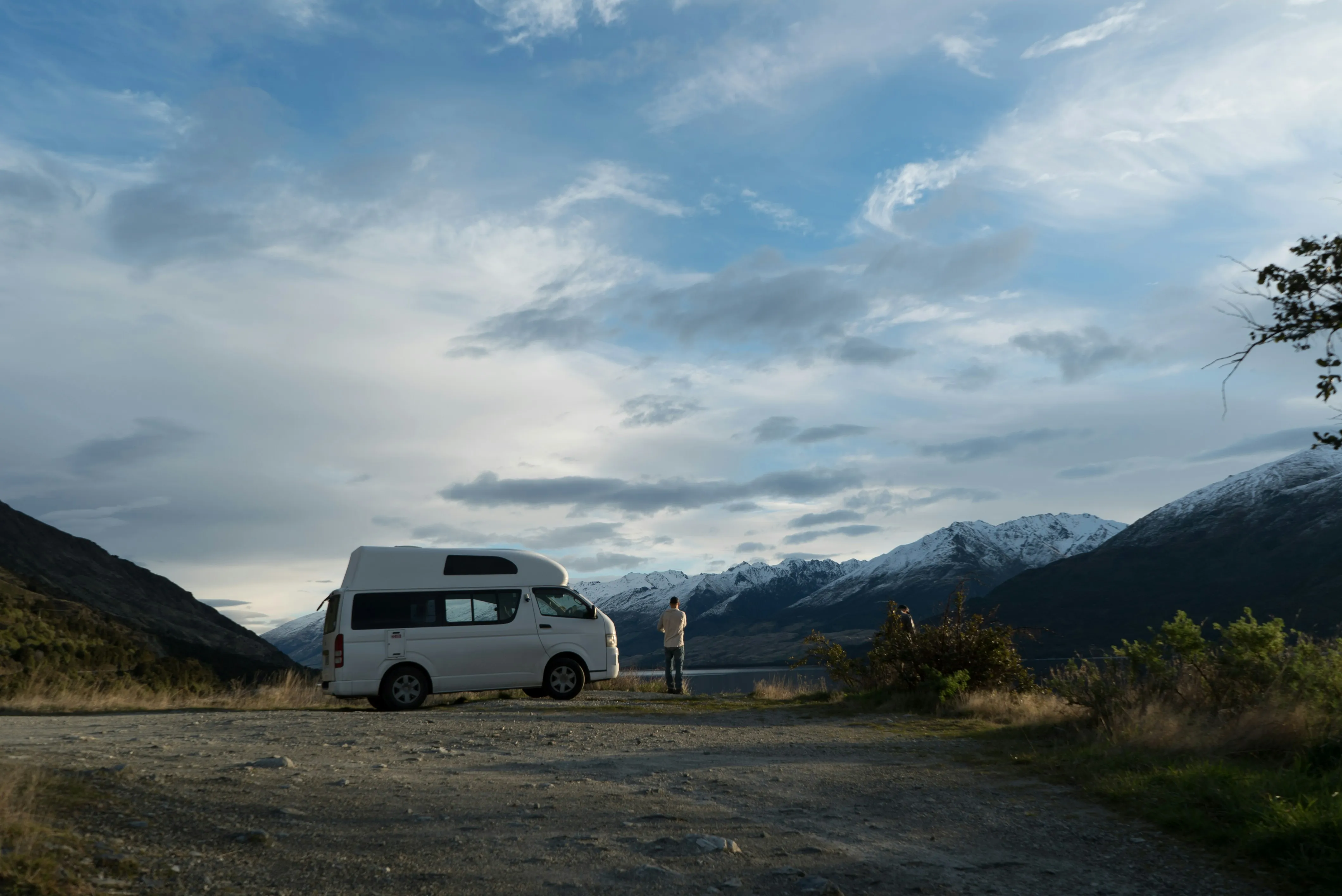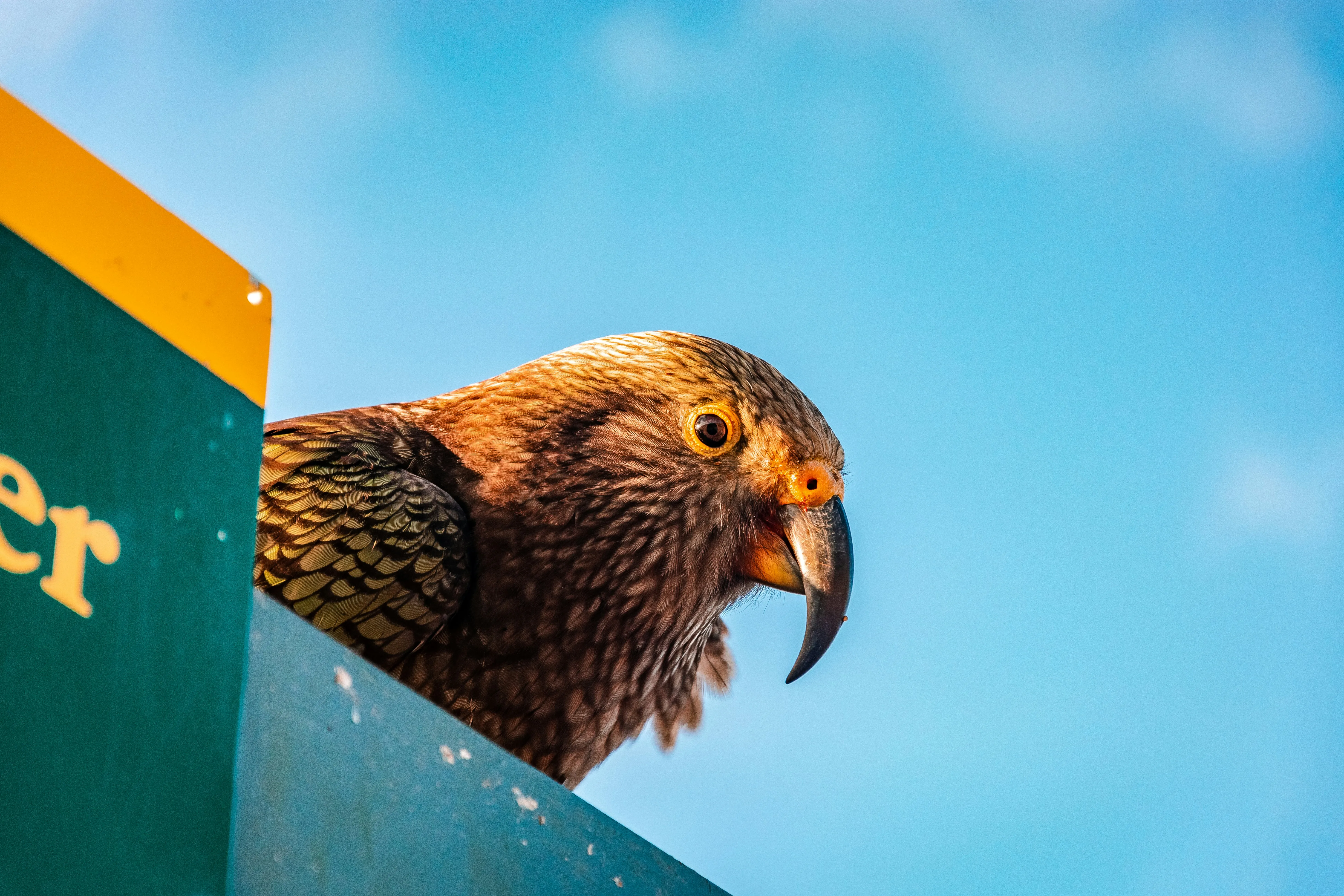Our Commitment to Safety & Maintenance
At our rental service, safety is our top priority. Here’s what we do to ensure your bike is in top condition:
- Pre-Ride Inspections: Every bike undergoes a thorough pre-ride inspection, including checking tyre pressure/condition, oil level, brakes, lights, and other key systems.
- Post-Ride Inspections: After every rental, we inspect the bike to ensure it’s ready for the next hirer.
- Regular Maintenance: All bikes are maintained regularly, and we keep detailed maintenance records to ensure the highest standards.
Additionally, all our motorcycles have a current Certificate of Fitness, ensuring they meet New Zealand’s safety and roadworthiness standards.
A note on the Contact Patch
We do not skimp on tyres. The tyres we use are good quality and will have plenty of tread for your own hire. Our own standard for tyres exceeds that of New Zealand road regulations for motorcycles. If you are Touring in NZ there is a high chance you will encounter rain at some point as well as the odd gravel road. Our tyre selection is made with this in mind to ensure you are riding a safe vehicle.
.png)
.image20241208112923971-1e6c030cbf06aec63e7ef7ea03126f960547357a31969540cb3a4b15f03377be.png)
.jpg)

.png)
.jpg)

.image20241208120656071-e1a022ee84b0f8f6201076a921cc37b3fc6d14fd93d2d0307682b8c6b35c9239.png)
.image20241208120756181-6b8fa8c9b17004054ffe217db348f4144952cbbcd32df18a37cb5d58270985ed.png)

.svg-a97be81a3212c1db1e54e674b8260ce5e644be2df664301d1d06ad03e6a50642.png)
.jpg)
